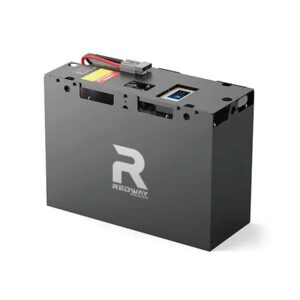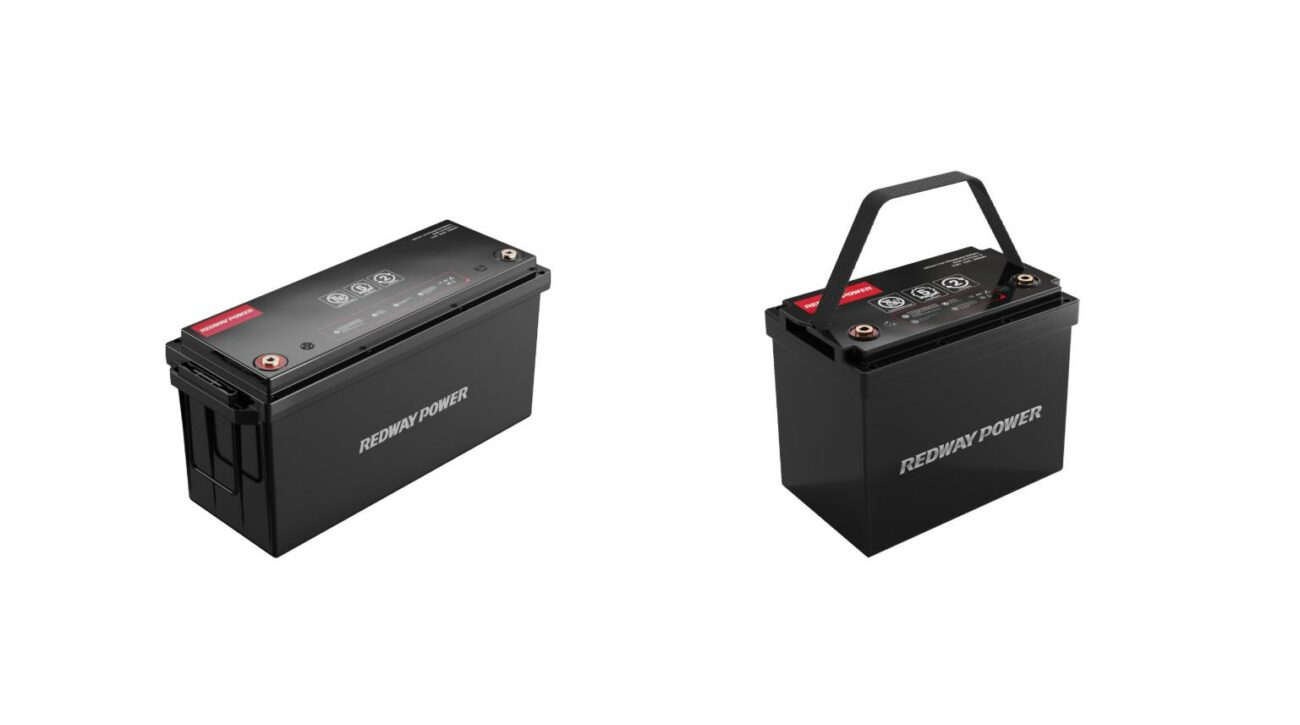What Makes the 12V 90Ah 1300A LiFePO4 Battery Ideal for Cold Cranking
LiFePO4 batteries, like the 12V 90Ah 1300A model, excel in cold cranking due to their stable chemistry, high discharge rates, and resistance to voltage drop in low temperatures. Unlike traditional lead-acid batteries, they maintain up to 95% capacity at -20°C, deliver consistent 1300A bursts for engine starts, and feature a longer lifespan (3,000–5,000 cycles), making them ideal for automotive, marine, and off-grid applications.
12V 60Ah LiFePO4 Car Starting Battery CCA 1000A
How Does a Cold Cranking LiFePO4 Battery Work?
LiFePO4 batteries use lithium iron phosphate chemistry to provide high-energy bursts (e.g., 1300A) for engine ignition. Their low internal resistance ensures rapid power delivery even in subzero temperatures. The 12V 90Ah model retains stable voltage during discharge, preventing engine strain. Advanced BMS (Battery Management System) protects against over-discharge and thermal extremes.

What Are the Advantages of LiFePO4 Over Lead-Acid for Cold Starts?
LiFePO4 batteries outperform lead-acid in cold cranking with 3x faster charge acceptance, 50% lighter weight, and no sulfation risk. They deliver 1300A without voltage sag, compared to lead-acid’s 20–30% capacity loss below 0°C. Lifespan is 5–10x longer, reducing replacement costs.
Which Vehicles Support 12V 90Ah 1300A LiFePO4 Batteries?
This battery suits heavy-duty applications: diesel trucks (e.g., Ford F-350), RVs, marine engines, snowmobiles, and construction equipment. Compatible with 12V systems requiring 800–1500 CCA (Cold Cranking Amps). Verify terminal type (e.g., SAE, DIN) and dimensions before installation.
| Vehicle Type | Example Models | CCA Range |
|---|---|---|
| Diesel Trucks | Ford F-350, RAM 2500 | 950–1300A |
| Marine Engines | Yamaha F250, Mercury Verado | 800–1200A |
| Snowmobiles | Ski-Doo MXZ, Polaris Titan | 600–900A |
For optimal performance, ensure the battery’s physical dimensions align with your vehicle’s tray. Many heavy-duty trucks require Group 31 or Group 49 sizes, while marine applications often use dual-terminal configurations. The 90Ah capacity also supports auxiliary systems like hydraulic lifts or refrigeration units in RVs without compromising starting power.
LiFePO4 Car Starter Batteries Factory Supplier
How to Maintain a LiFePO4 Cold Cranking Battery?
Store at 50% charge in temperatures between -20°C to 60°C. Use a LiFePO4-compatible charger (14.2–14.6V absorption voltage). Avoid deep discharges below 10%. Perform monthly voltage checks. No equalization required.
| Maintenance Task | Frequency | Tools Required |
|---|---|---|
| Voltage Check | Monthly | Multimeter |
| Terminal Cleaning | Every 6 Months | Wire Brush, Anti-Corrosion Spray |
| BMS Software Update | Annually | Manufacturer’s App/Programmer |
Unlike lead-acid batteries, LiFePO4 requires no water refilling or specific gravity checks. However, keep firmware updated if your battery has a smart BMS. In subzero climates, preheating isn’t mandatory but improves efficiency—store the battery indoors when not in use. Always disconnect auxiliary loads during long-term storage to prevent parasitic drain.
Why Is the 1300A Rating Critical for Cold Weather?
1300A ensures sufficient starting power when oil viscosity increases and fuel combustion slows in cold climates. LiFePO4’s low internal resistance (<25mΩ) sustains this current without overheating, unlike AGM batteries that risk terminal corrosion at high amps.
Can This Battery Power Auxiliary Devices?
Yes. The 90Ah capacity (1,152Wh) supports auxiliary loads like winches (30–50A), inverters, and lighting. With 200A continuous discharge, it can run 800W systems for 1+ hours while maintaining cranking readiness.
Expert Views
“The 12V 90Ah 1300A LiFePO4 battery redefines cold cranking reliability. Its pulse discharge capability exceeds ICE (Internal Combustion Engine) demands even at -30°C, and the integrated self-heating BMS in premium models eliminates preheating requirements. For Arctic expeditions or daily winter commutes, it’s a game-changer.” — Redway Power Engineer
Conclusion
The 12V 90Ah 1300A LiFePO4 battery combines cold-weather resilience, high-cycle durability, and maintenance-free operation. Its ability to deliver instant power in extreme conditions makes it a superior alternative to legacy battery technologies.
FAQ
- Q: Can I use this battery in a gasoline-powered car?
- A: Yes, if the vehicle’s CCA requirement is ≤1300A and voltage is 12V.
- Q: Does it require a special charger?
- A: Yes. Use a LiFePO4 charger with temperature compensation to avoid overvoltage.
- Q: How long does it last in storage?
- A: Holds 80% charge for 1+ years at 25°C due to <1% monthly self-discharge.

